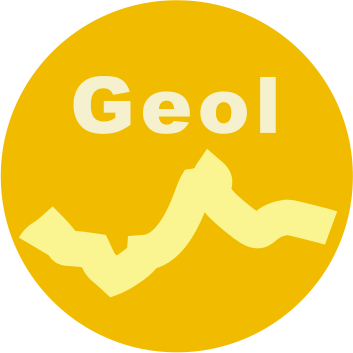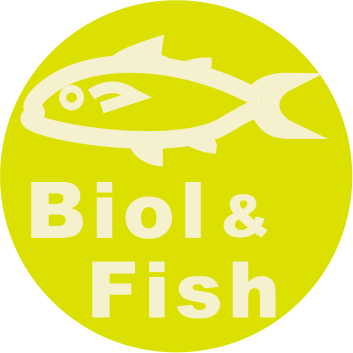

The Physical Oceanography division in the Institute of Oceanography/National Taiwan University is devoted to studying the variations of oceanic dynamics in different spatial and temporal scales, including fine-scale turbulence, internal waves, coastal flow, Kuroshio and global general circulation. Research vessels, satellite remote sensing, numerical simulation and theoretical analysis are extensively used for exploring and studying these oceanic dynamics. The acoustic signals or the towed instruments are also helpful for broadening our insights on the air-sea interaction.
For the research goals in the Physical Oceanography division, we focus on the dynamics that can induce the interactions between the physics in different scales, the long-term oceanic change in the Earth system, and the roles of ocean physics from weather systems to climate change. The main objective is to utilize these scientific findings to improve the numerical model forecasts and ocean resources. The spatial scales of the dynamics we are interested in range from fine-scale turbulence (several meters), coastal flows (hundred meters), sub-mesoscale and mesoscale eddies (tens to hundreds kilometers), typhoon-ocean interaction, Kuroshio and large ocean circulation (>1000 kilometers). We also collaborate with domestic and foreign researchers closely to enhance the progresses in the field experiments of air-sea interaction. Besides the traditional methods, we are aimed at improving the instruments based on the acoustic signals, satellite real-time communication for the in-situ data, autonomous underwater vehicles, and three-dimensional operational models for the air-sea interaction and weather forecast.
The topics include
The Chemical Oceanography division is devoted to marine biogeochemistry and environmental pollution studies. Our research focuses on the distribution of nutrients and trace metals in seawater, biogeochemical cycles, air-sea interactions, and environmental pollution. By employing advanced analytical instruments, mass spectrometers, sampling probes, and our newly developed trace metal clean sampling system, we can precisely study the chemical compositions of seawater, suspended particles, and sediment samples. Combining these analytical results with numerical modeling, we aim to enhance our understanding of biogeochemical and oceanic processes, aiding in the reconstruction of paleo-oceanography and future predictions.
The major areas of our teaching and research include marine nutrients and carbon cycling, organic and inorganic chemistry, trace element and isotope geochemistry, marine environmental pollution, coral reef environmental chemistry, and sustainable management. These research areas aim to understand the global impact of natural and anthropogenic environmental changes on the surrounding seas of Taiwan as well as the global oceans. Additionally, we study trace elements and their isotopes to understand marine biogeochemical cycles and environmental pollution, allowing us to evaluate their impacts on marine environments and ecosystems. The integration of field experiments and numerical modeling provides the best approach to fully understanding marine biogeochemical cycles in the past, present, and future.
Our research areas include


The Marine Geology and Geophysics Group is divided into three teaching and research clusters: Marine Geology, Geophysics, and Geochemistry, which cover basic topics such as lithospheric dynamics, plate tectonics, sedimentary dynamics, paleoenvironment, paleoceanography and paleoclimatology. The divisionintegrates research tools of marine geology, geochemistry, and geophysics to carry out investigation, mapping, and resource exploration, and to explore the geology, environment, and sedimentary record of the waters around Taiwan and beyond. With the ability to operate state-of-the-art marine geological and geophysical instruments, and to process and analyze observation data, the division has maintained its advantage in the domestic oceanographic community for many years, including international collaborations and academic exchanges. In response to evolving core research areas of geosciences, it is increasingly important to integrate cross-disciplinary thinking and spatial information. In recent years, we have been actively introducing various new generations of ocean observation and survey techniques, incorporating all kinds of observation data collected over a long period. This allows us to investigate the different aspects and characteristics of the marine geological structure, and construct new reference models, which will serve as the basis for developing new areas with potential, and continue to strengthen the scientific research at the forefront of the field.
In addition to basic teaching and research, the division is also actively nurturing talents for professional competence and consulting to meet the needs of the overall development of the country and society. Currently, the main research areas include
The division of Marine Biology and Fisheries focuses on education and research in various fields of marine biological sciences. These include marine biodiversity, ecosystem functions, marine ecology, the evolution of marine organisms, biological oceanography, and fisheries science and management. Our faculty members have expertise in areas ranging from the bottom of the marine food web (producers) to the top predatory species. Our research spans the coastal, open ocean, and deep-sea environments, and we use both theoretical and empirical approaches. Our research areas address current issues in marine science, such as the impacts of global climate change, marine conservation, and sustainable fisheries management. We also promote interdisciplinary visions and collaboration. Our ultimate goal is to provide knowledge and rational solutions to societal challenges.
Our research areas include
